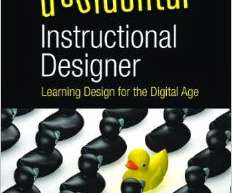Cognitive Learning: How to Use It, Benefits and Examples
Academy of Mine
NOVEMBER 14, 2020
That’s where Cognitive Learning Theory (CLT) comes into play – by focusing on individuals’ backgrounds and experiences as opposed to just grading for correctness. This theory was founded back in 1936 and takes into account more than just if a student is wrong or right while solving a problem. What is Cognitive Learning Theory?




































Let's personalize your content